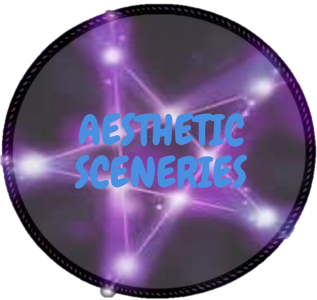The Continuing Evolution of Technology in the Classroom: Past, Present, and Future
The past and the present:
- Abacus: The abacus and its predecessor, the counting board, are instruments used to perform arithmetic calculations. While the exact origins of the abacus are still unknown, the abacus remains popular today, both as a toy for toddlers and as a calculation tool for older students.
- Magic Lantern: Magic Lanterns were the primitive version of the modern projectors. A photo or painted picture was placed on a sheet of glass and then illuminated by a bright source of light to project it on a flat surface in a dark room. It was developed in the 17th century but did not become widely used as an educational tool until the 19th century.
- Calculators: Electronic hand-held calculators allow students to perform simple to complex computations with ease. Since it’s introduction in the classroom in the 1970s, calculators has sparked controversy as many feared it would hamper the natural ability of children to perform mental calculations. Despite this, the use of calculators have continued to grow in popularity over the past few decades.
- Computers: The first portable computer, weighing 24 pounds, was introduced to the consumer world in 1981. The personal computer, opened endless opportunities not only for teachers and students but for the education industry. In just a few years, there were educational games, quizzes, e-books, and tutorials for use in and out of the classroom.
- Tablets: Since the early 21st century, we have seen an increasing adoption of tablets in schools. With it’s easy-to-use touch screen and its expansive collection of education specific apps, teachers and students now have handheld mobile solutions to accessing their digital education content.
The Future: Mixed Reality Technologies
Recently, more and more of the education community is becoming aware of mixed reality (MR) technologies and discovering ways it can be used for educational purposes . Mixed reality technologies, such as augmented reality (AR) and virtual reality (VR), are giving educators and students access to experiences and information that were previously unavailable to them.

